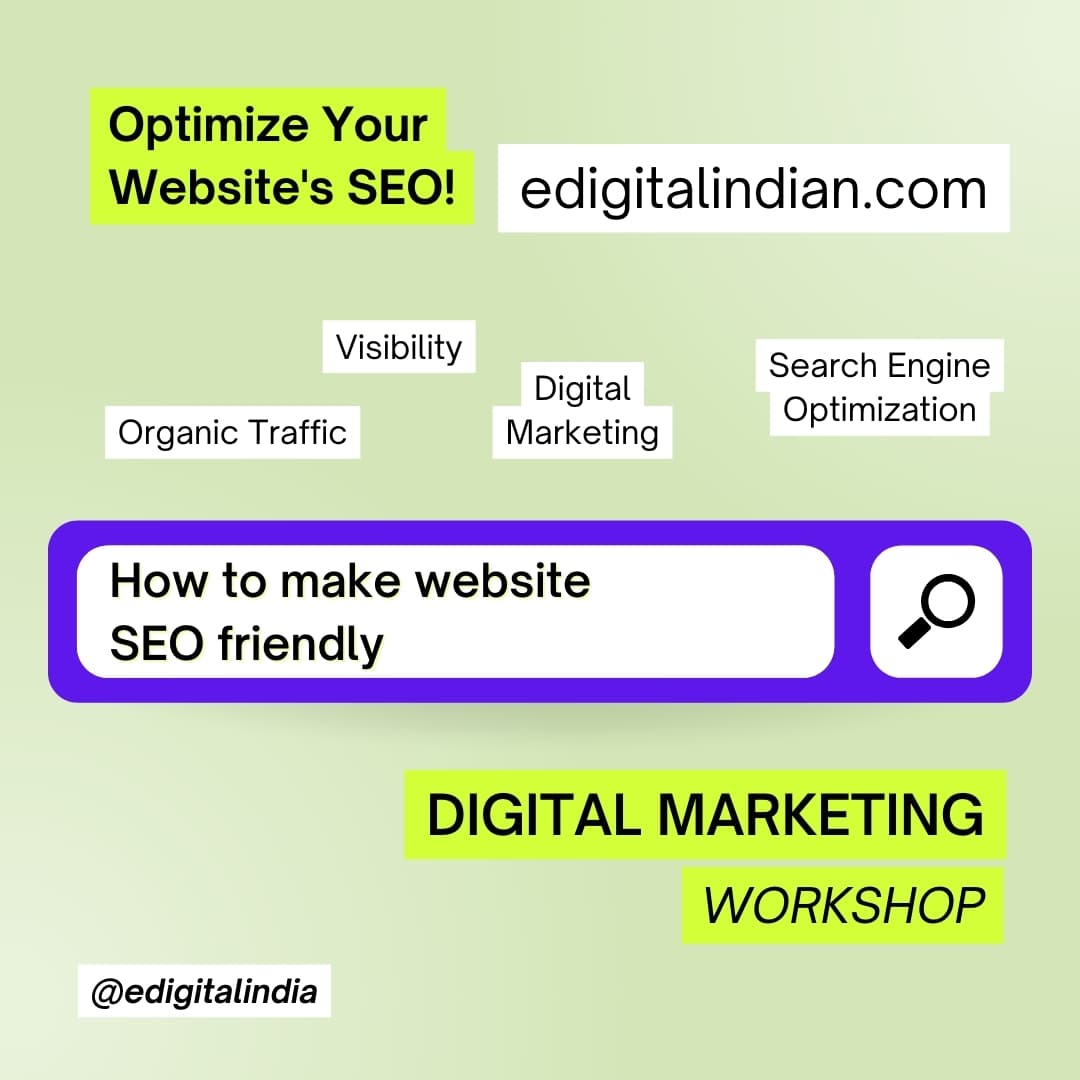Make Your Website SEO‑Friendly

Optimize your site to rank higher in search engines with proven on‑page and technical SEO techniques. Focus on site speed, mobile usability, structured data, and high‑quality content. Enhance visibility, user experience, and organic traffic with ongoing optimization and analytics.
Making your website SEO-friendly involves optimizing its structure, content, and performance to improve visibility on search engines. This includes using relevant keywords, creating high-quality, engaging content, and ensuring fast load times. A mobile-responsive design and clean code also contribute to better search engine rankings.
Essential On‑Page SEO Techniques for Beginners
Start by conducting keyword research to identify terms your audience searches for and map them to each page. Craft unique, valuable title tags and meta descriptions that include primary keywords and encourage clicks. Structure your content with clear headings (H1, H2, H3) and use semantic HTML to signal importance to crawlers. Optimize images by compressing files, adding descriptive alt text, and serving them in modern formats like WebP. Improve page speed with minified CSS/JavaScript, browser caching, and a Content Delivery Network (CDN). Ensure mobile‑first design by using responsive layouts and testing on various screen sizes for usability and speed. Implement structured data (Schema.org) for rich snippets in search results, such as reviews, events, and FAQs. Set up an XML sitemap and robots.txt file to guide search engine bots through your site architecture. Build high‑quality backlinks through guest posting, partnerships, and creating shareable, link‑worthy content. Monitor performance in Google Search Console and Analytics, and iterate on underperforming pages with A/B tests.
Comprehensive Guide to Technical SEO Audits
. Crawlability & Indexability Ensure that search engines can crawl and index your site’s pages properly. Use tools like Screaming Frog, Google Search Console, and robots.txt to detect crawl issues. Website Speed & Performance Check page load time using Google PageSpeed Insights, GTmetrix, or Lighthouse. Optimize images, use lazy loading, and leverage browser caching for faster performance. Mobile-Friendliness Make sure the website is responsive and user-friendly on all devices. Use Google’s Mobile-Friendly Test to identify issues. HTTPS & Website Security Ensure the site uses a valid SSL certificate (HTTPS). Fix mixed content errors and improve overall site security. XML Sitemap & Robots.txt Check that your XML sitemap is correctly formatted and submitted to Google Search Console. Review your robots.txt file to ensure important pages are not being blocked. Canonicalization Implement canonical tags to prevent duplicate content issues. Ensure proper use of canonical URLs for paginated content or similar pages. Structured Data & Schema Markup Use schema.org markup to enhance search visibility with rich snippets. Validate your structured data using Google’s Rich Results Test. URL Structure & Site Architecture Use clean, keyword-rich, and SEO-friendly URLs. Maintain a logical site hierarchy with proper internal linking for crawl depth and user experience. Broken Links & Redirects Identify and fix 404 errors and broken internal/external links. Use 301 redirects for moved content, and avoid 302 redirects for permanent changes. Duplicate Content & Thin Pages Audit for duplicate content, thin content, and doorway pages. Use canonical tags or noindex tags where necessary, and improve content quality.

Recent Post

Tag Cloud



